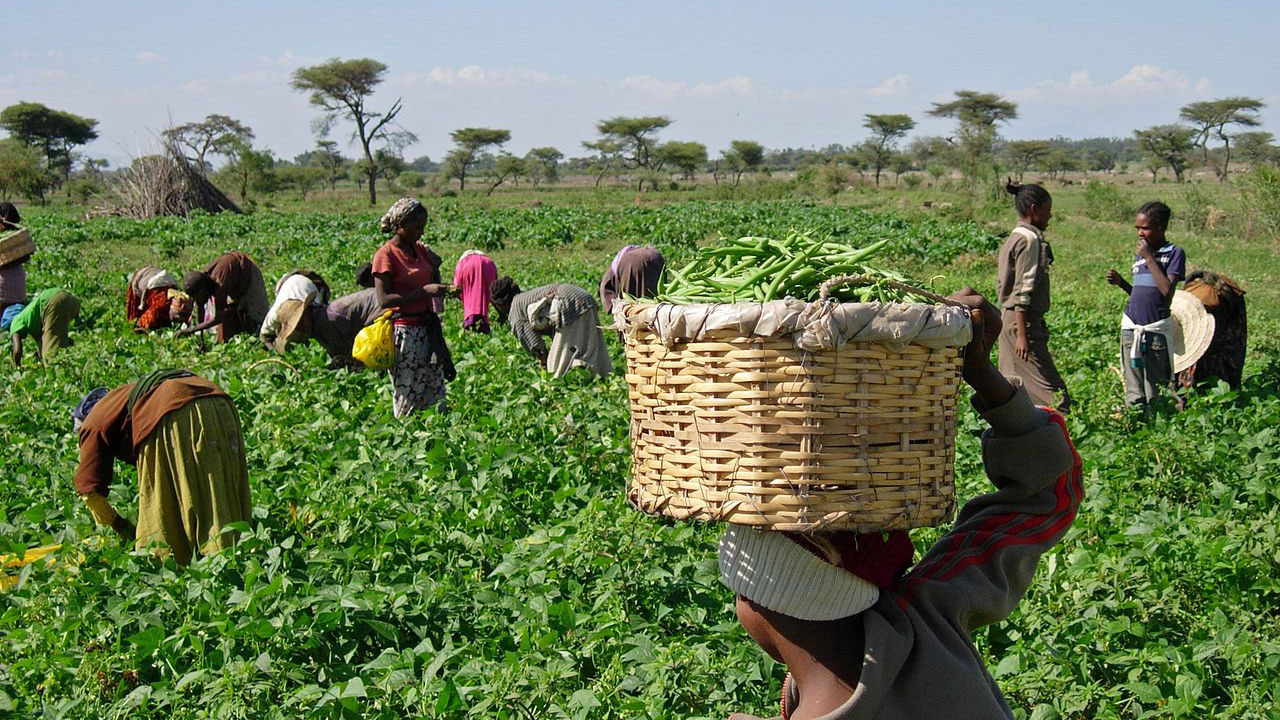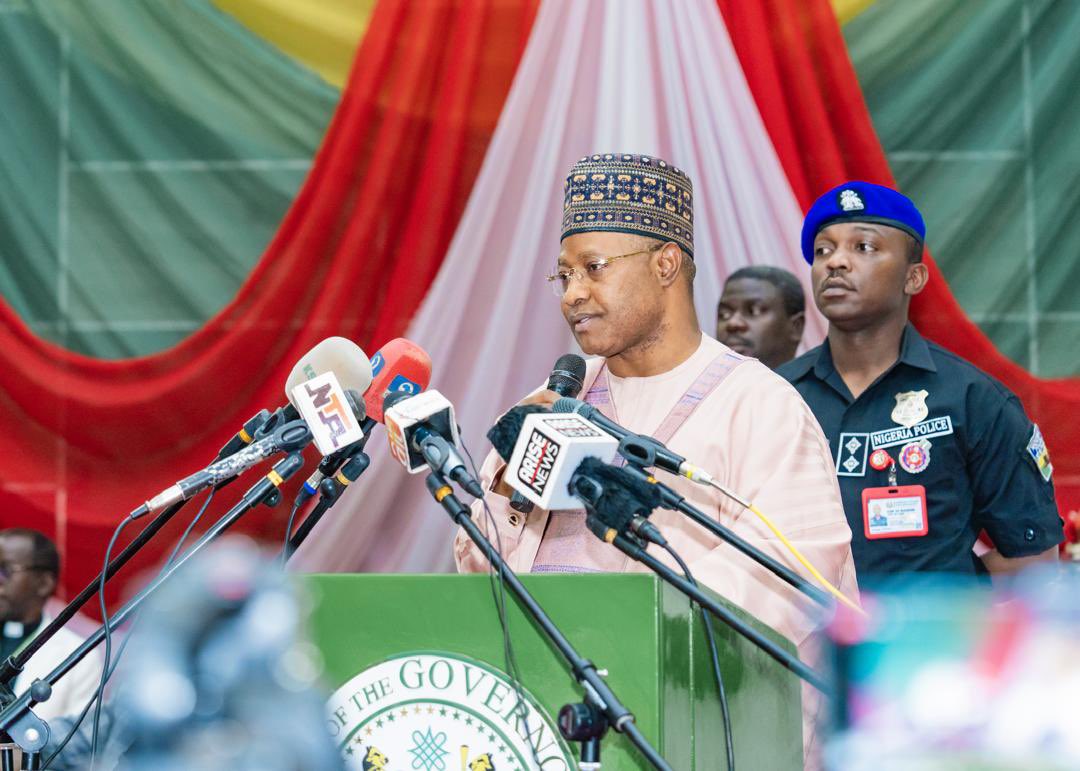The Minister of Environment, Balarabe Lawal, has expressed regret that the national land degradation baseline is declining to the point that the country has lost more than 463,360 hectares of forestland through desertification in the past 10 years.
Lawal, who revealed this during a workshop to review the National Policy on Drought and Desertification in Abuja, explained that combating land degradation requires holistic approach with effective policy and programmes that can address the underlying causes.
He said: “This statistic was taken over a decade ago. You can imagine what the situation will be now. Government is committed to addressing the problems in the country.
“There is a general consensus that desertification is by far the most pressing environmental problem in the dry land parts of the country. It has been estimated that between 50 and 75 per cent of Bauchi, Borno, Gombe, Jigawa, Kano, Katsina, Kebbi, Sokoto, Yobe, and Zamfara states in Nigeria are being affected by it,” he added.
According to him, this zone has also played a dominant role in the agricultural modernisation of the country; promoting export crops such as cotton, groundnuts and gum Arabic and of food crops like rice and wheat. “But as we speak now, these areas have been impoverished by droughts and desert-like conditions.”
The Minister explained that it supports about 90 per cent of the cattle population, about two-thirds of the goats and sheep and almost all the donkeys, camels and horses found in the country.
On the other hand, he observed, land degradation is a pervasive systemic phenomenon, which occurs in all terrestrial world (and can take many forms, such as soil erosion, biodiversity degradation, deforestation, etc).
“It affects ecosystem functions, disrupts rainfall patterns, exacerbates extreme weather conditions like droughts or floods, and drives further climate change. It is connected with instability, poverty, conflict and migration.
“A good policy on drought and desertification must also take cognisance of basic principles including precautionary and proactive measures, inter and intra generational equity, sustainable development, and environmentalgender equity.”
He, however, noted that after 17 years that the policy has bee in use, and considering emerging concerns and gaps that need to be bridged, the review of the current policy is rather long over-due, and in addition, the policy must place emphasis on participatory and bottom-up approach.






